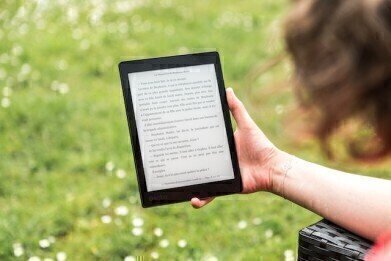Measurement and Testing
Uses for Lithium Ion Batteries
Sep 17 2022
From smartphones and handheld power tools to electric vehicles and industrial energy storage units, lithium ion batteries have revolutionised how we generate power. So, what makes lithium ion batteries so popular?
Demand is directly linked to the exceptional energy density offered by lithium ion batteries. This term describes the amount of energy a battery can store, relative to its mass. Lithium ion batteries offer high energy density, making them ideal for small and handheld devices, as well as larger applications like electric vehicles. The use of advanced electrochemistry technology also means lithium ion batteries can be easily recharged and used over and over again.
Want to know more about uses for lithium ion batteries? Read on as we spotlight some common applications for lithium ion batteries, as well as different types of lithium ion batteries and some exciting new developments.
Mobile phones
From Apple to Samsung, most smartphone manufacturers use lithium ion batteries. With modern consumers demanding increased battery life, lithium ion technology has emerged as an invaluable asset for tech giants.
Handheld power tools
Excellent energy density makes lithium ion batteries ideal for handheld power tools. They generate plenty of power needed to operate tools, without weighing down the user.
Laptops
Laptops are designed with portability in mind, which means weight it a big concern when choosing components. Lithium ion batteries generate enough power to run the devices, without adding too much extra weight.
Children’s toys
Lithium ion batteries are ideal for electronic children’s toys that get a lot of use. Rather than replace the batteries every time they’re depleted, lithium ion batteries can easily be recharged in a matter of hours. The rules and safety regulations are especially strict for lithium ion batteries used in children’s toys.
E-readers
Lightweight and compact, lithium ion batteries are ideal for handheld devices like e-readers. Technology is continually advancing, with a recent study from Monash University in Australia claiming to have developed a lithium-sulphur battery that can power e-readers for several months, on a single charge. The technology uses a novel lithium-sulphur battery interlayer to generate ultra-fast lithium transfer. This allows the battery to retain its charge for a longer period. It also significantly improves the overall lifespan of the battery.
“A lithium battery interlayer sits in the middle of the battery and keeps the electrodes apart, it helps lithium get from one side of the battery to the other faster,” explains Professor Matthew Hill, who worked on the project at Monash University. “The new interlayer overcomes the slower charge and discharge rates of previous generation lithium-sulphur batteries.”
From maximising energy density to improving safety, analytical techniques are used to develop lithium ion batteries, manufacture products and ensure they meet the strict safety regulations enforced by different countries and regions. We cover some of the different analytical methods used, including Fourier Transform Infrared (FT-IR) Spectroscopy and Gas Chromatography Mass Spectrometry (GC/MS) in ‘Lithium Ion Batteries: Types, Testing & Uses’.
Digital Edition
PIN 25.3 June/July
June 2024
Analytical Instrumentation - Recent Advances In Various Bench Scale Accelerated Oxidative Testing Methods For Fuels - Petrochemical Industry: Anton Paar Solutions Streamline Processes, Reduce H...
View all digital editions
Events
Jul 30 2024 Jakarta, Indonesia
Jul 30 2024 Jakarta, Indonesia
China Energy Summit & Exhibition
Jul 31 2024 Beijing, China
Jul 31 2024 Chengdu, China
Aug 05 2024 Moon Township, PA, USA


















